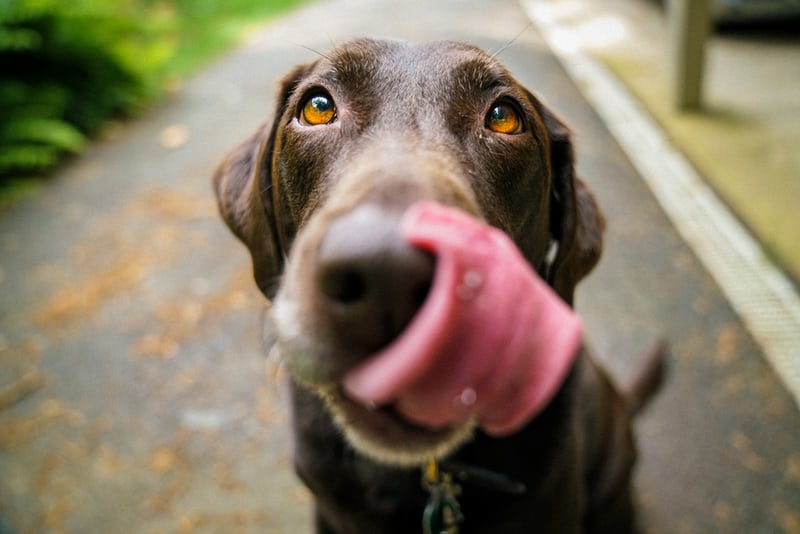There is a widespread fear among pet owners that their pets will have an adverse reaction to surgery. But, most dogs require one or more surgeries at some point throughout their lives. It could be for tooth extraction, removing benign tumors or warts, or a spay or neuter.
Specific procedures are considered to be optional, which means that their owners can choose to let their pets undergo the procedure. However, different pet surgeries are performed since owners feel forced to enhance their pet’s overall health and well-being or prevent further complications.
Kinds of Pet Surgeries
It is essential to comprehend the motivation behind the idea of a surgical procedure to make informed decisions about your pet’s health. The options for a dog’s surgery are divided into two optional categories and those that are required. They are the most frequently used ones.
1. Spay and Neuter
In most vet clinics, spaying and neutering animals are the most popular elective procedure in veterinary surgery. This routine and ethical procedure stop an animal from reproducing and serves other essential reasons.
Female reproductive organs (uterus and the ovaries) are removed surgically during “spaying.” But “neutering” can refer to male or female removal of the reproductive organs. Castration is the word used to describe the surgical removal of the testicles in a male animal.
2. Foreign Object Removal
Animals are naturally curious, and the most effective method to discover the world around them is by sniffing, licking, or even eating the objects and materials they encounter.
Sometimes, this can lead to them eating something they shouldn’t, and in certain circumstances, the objects get caught in your pet’s digestive tract. If this happens, then surgical removal of the object may be necessary since it may not be capable of passing through and causing significant damage to your dog.
For your pet’s preparation for surgery, you can house them in a boarding facility. You can visit websites like www.ridgemontanimalhospital.com and read more about it.
3. Wound Repair
Wounds are the usual result of injuries and accidents. In extreme instances, they may require surgery to repair the tissue. If a pet suffers burns, for example, it might require skin transplantation as part of the treatment.
If your pet falls or is struck by a vehicle and injured, it could be infected with a skin laceration. It is possible to require skin transplant surgery for your pet if its skin is badly injured. Skin abrasions and wounds can also be treated with different methods of reconstruction.
4. Orthopedic Surgery
Orthopedic surgery is a term used to describe operations that address broken or cracked ligaments, torn ligaments, muscles, and other forms of soft tissue injuries.
If joint degeneration and arthritis occur in a pet, this is usually the moment to undergo some orthopedic procedure. Breeds with specific breeds like the ones mentioned above are more susceptible to hip dysplasia and ACL tears than other breeds.
For veterinary surgical facilities, you can search the web, look for a clinic, and immediately visit their home page for more info about their services.
5. Cancer Surgery
Unfortunately, cancer is as prevalent in animals as in humans. The most effective treatment method for pets is to eliminate cancerous tumors by surgery. If it is possible to do this, it will require surgery to eliminate the tumor or cancerous tissue. In certain instances, chemotherapy or radiation therapy is needed following surgery to remove all cancer indications.



